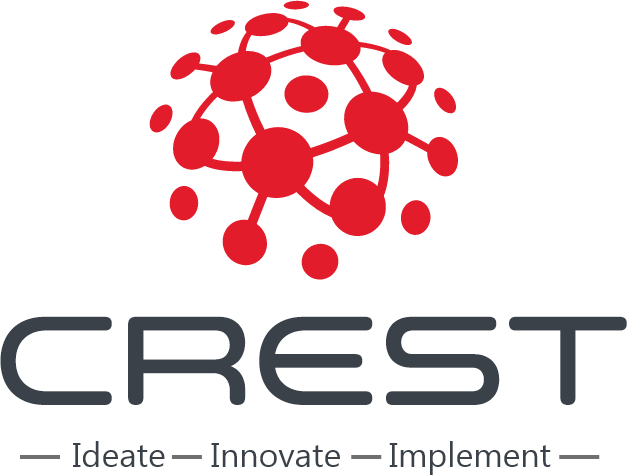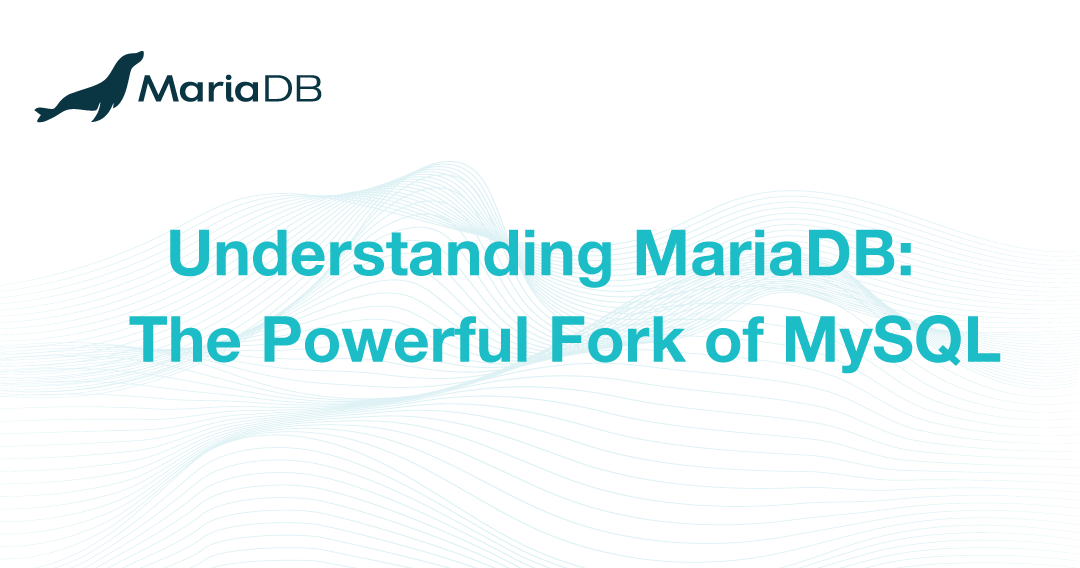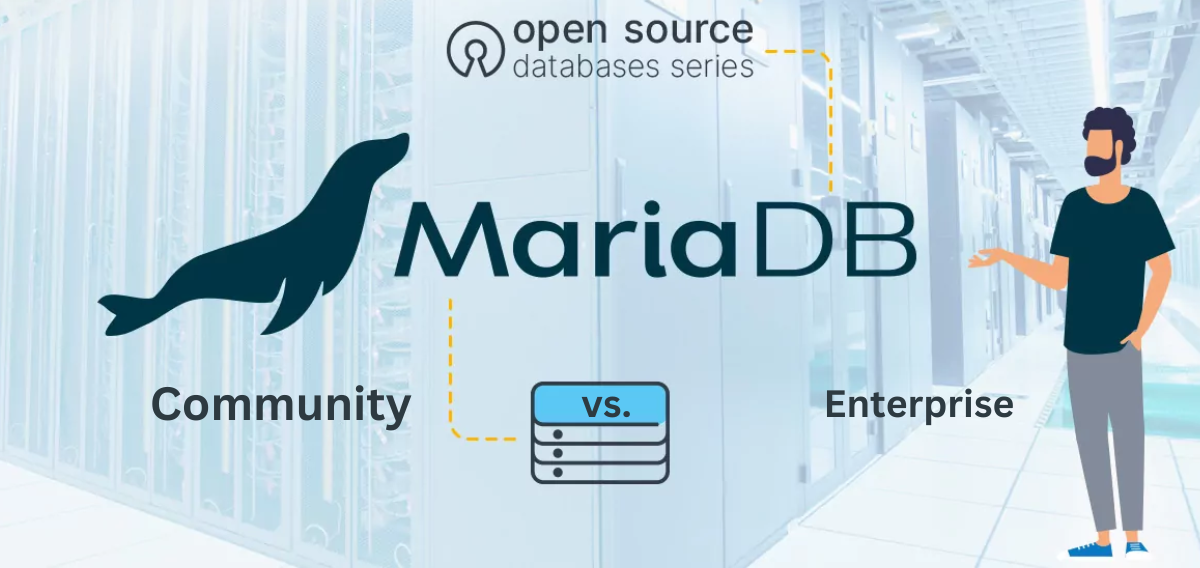In the world of database management systems, few names carry as much weight as MySQL. However, in recent years, MariaDB has emerged as a powerful alternative, attracting attention from developers and businesses alike.
This blog will delve into the origins of MariaDB, its foundational sponsors, a brief history of MySQL, its founder Michael “Monty” Widenius, and the differences between MariaDB Community and Enterprise editions. We will also explore a successful migration case study from DBS Bank, highlighting its transition from Oracle, DB2, and Microsoft SQL Server to MariaDB.
The Origins of MariaDB
MariaDB was created as a fork of MySQL in 2009 by Michael “Monty” Widenius, one of the original developers of MySQL. After MySQL was acquired by Sun Microsystems and later by Oracle Corporation, concerns over the future of MySQL’s open-source model prompted Monty to create a new version that would prioritize user freedom and community engagement.
Why a Fork?
The acquisition by Oracle raised questions about MySQL’s future, particularly regarding its licensing and open-source nature. Monty sought to ensure that MySQL’s legacy and its community-driven ethos would continue. Hence, he launched MariaDB, naming it after his younger daughter, Maria, which reflects his commitment to personal connection and community.
The MariaDB Foundation and Its Sponsors
The MariaDB Foundation was established to promote the open-source development and distribution of MariaDB. The foundation focuses on ensuring that MariaDB remains a viable and competitive option in the database landscape. Among its sponsors are notable tech giants:
- IBM: Acknowledging the importance of open-source solutions in enterprise environments, IBM has supported MariaDB to enhance its capabilities and integrations with its cloud services.
- Microsoft: As a long-time supporter of open-source technologies, Microsoft recognizes MariaDB’s role in diversifying its data services and offering robust alternatives to its own SQL Server products.
- DBS Bank: A significant financial institution in Asia, DBS Bank’s endorsement of MariaDB is a testament to its reliability and performance in handling complex database tasks.
These sponsorships ensure that MariaDB continues to receive the necessary support for development, marketing, and community engagement.
A Brief Background of MySQL and Michael “Monty” Widenius
MySQL was initially released in 1995 by Widenius, who co-founded MySQL AB with David Axmark and Allan Larsson. Over the years, it grew to become one of the most popular open-source relational database management systems (RDBMS), widely adopted for web applications and enterprise solutions.
Monty Widenius, often regarded as the “father of MySQL,” played a crucial role in its development and growth. His vision for a robust, easy-to-use database system led to MySQL’s widespread adoption across various industries. After Oracle’s acquisition of MySQL, Monty became increasingly concerned about the future of the software, prompting his decision to fork it and create MariaDB.
MariaDB Community vs. Enterprise: Key Differences
MariaDB offers two main editions: the Community edition, which is open-source, and the Enterprise edition, which provides additional features and support. Below is a table that summarizes the primary differences between the two:
| Feature | MariaDB Community Edition | MariaDB Enterprise Edition |
| Licensing | Open-source (GPL) | Proprietary with commercial license |
| Support | Community-driven support | Professional support with Service Level Agreements (SLA) |
| Features | Core features, regular updates | Advanced features, including additional security and performance optimizations |
| Monitoring Tools | Basic monitoring available | Advanced monitoring and management tools |
| Training | Community resources and documentation | Official training programs and resources |
| Backup & Recovery Tools | Standard backup tools | Enhanced backup and recovery solutions, including Point-in-Time Recovery (PITR) |
| Transparent Data Encryption (TDE) | Not available | Available for securing sensitive data at rest |
| Encrypted Audit Logs | Not available | Available for enhanced security and compliance |
| Oracle PL/SQL Stored Procedures | Limited support | Wider support for Oracle PL/SQL stored procedures and packages for easier migration |
| Data Masking | Not available | Available for protecting sensitive data during development and testing |
This table illustrates how MariaDB addresses different user needs, whether they are developers seeking a free solution or enterprises requiring guaranteed support and advanced features.
The Success Story of a Leading Bank in Singapore
One of the standout success stories in the adoption of MariaDB comes from a leadingbank in Singapore, one of Asia’s largest financial institutions. Faced with high licensing costs, performance limitations, and the need for a more agile data management system, the bank recognized that its legacy databases—Oracle, DB2, and Microsoft SQL Server—were not suited for its growing needs.
The Challenge
Thebank’s existing systems posed several challenges, including:
- High Costs: Licensing fees for proprietary databases were substantial and unsustainable.
- Performance Issues: As transaction volumes increased, the bank experienced slow response times and scalability problems.
- Innovation Barriers: The legacy systems limited the bank’s ability to innovate and deploy new services rapidly.
The Migration to MariaDB
After evaluating various alternatives, Thebank decided to migrate to MariaDB, driven by multiple factors:
- Cost-Effectiveness: The transition to MariaDB eliminated costly licensing fees, allowing the bank to allocate funds to other areas of innovation.
- Scalability and Performance: MariaDB’s architecture provided the necessary scalability to handle high transaction volumes and improve performance.
- Open Source Flexibility: The open-source nature of MariaDB offered freedom from vendor lock-in, enabling the bank to customize its database environment to better suit its needs.
- Comprehensive Features: The Enterprise edition of MariaDB provided advanced features such as Transparent Data Encryption (TDE) and Encrypted Audit Logs, which were crucial for meeting compliance and security requirements.
Successful Implementation
The migration was executed in stages, allowing the bank to ensure continuity in its critical business applications. Key outcomes from this migration included:
- Enhanced Performance: The bank reported significant improvements in transaction processing speeds, which translated into a better customer experience.
- Increased Agility: With a more flexible and scalable database system, the bank could roll out new features and updates more rapidly, supporting its digital transformation goals.
- Cost Savings: The bank achieved substantial savings on licensing fees, which were reinvested into technology initiatives aimed at improving customer service and operational efficiency.
- Future-Ready Infrastructure: With MariaDB, the bank positioned itself to leverage emerging technologies, such as artificial intelligence and machine learning, which require efficient data management solutions.
Conclusion
MariaDB represents a powerful evolution in the world of database management systems, providing a robust, open-source alternative to traditional RDBMS solutions. Its origins as a fork of MySQL, guided by the vision of Michael “Monty” Widenius, ensure that it remains community-focused and innovative.
With the support of major sponsors like IBM, Microsoft, and DBS Bank, MariaDB continues to grow and evolve, offering solutions that meet the needs of modern businesses. As demonstrated by DBS Bank’s successful migration from legacy systems, MariaDB is not just a database; it’s a platform for innovation and efficiency in an ever-changing technological landscape.
Whether you are a developer looking for an open-source database or a business seeking enterprise-level solutions, MariaDB stands out as a compelling choice that combines reliability, performance, and flexibility. As the digital landscape continues to evolve, MariaDB is well-positioned to lead the way in transforming how organizations manage their data.






